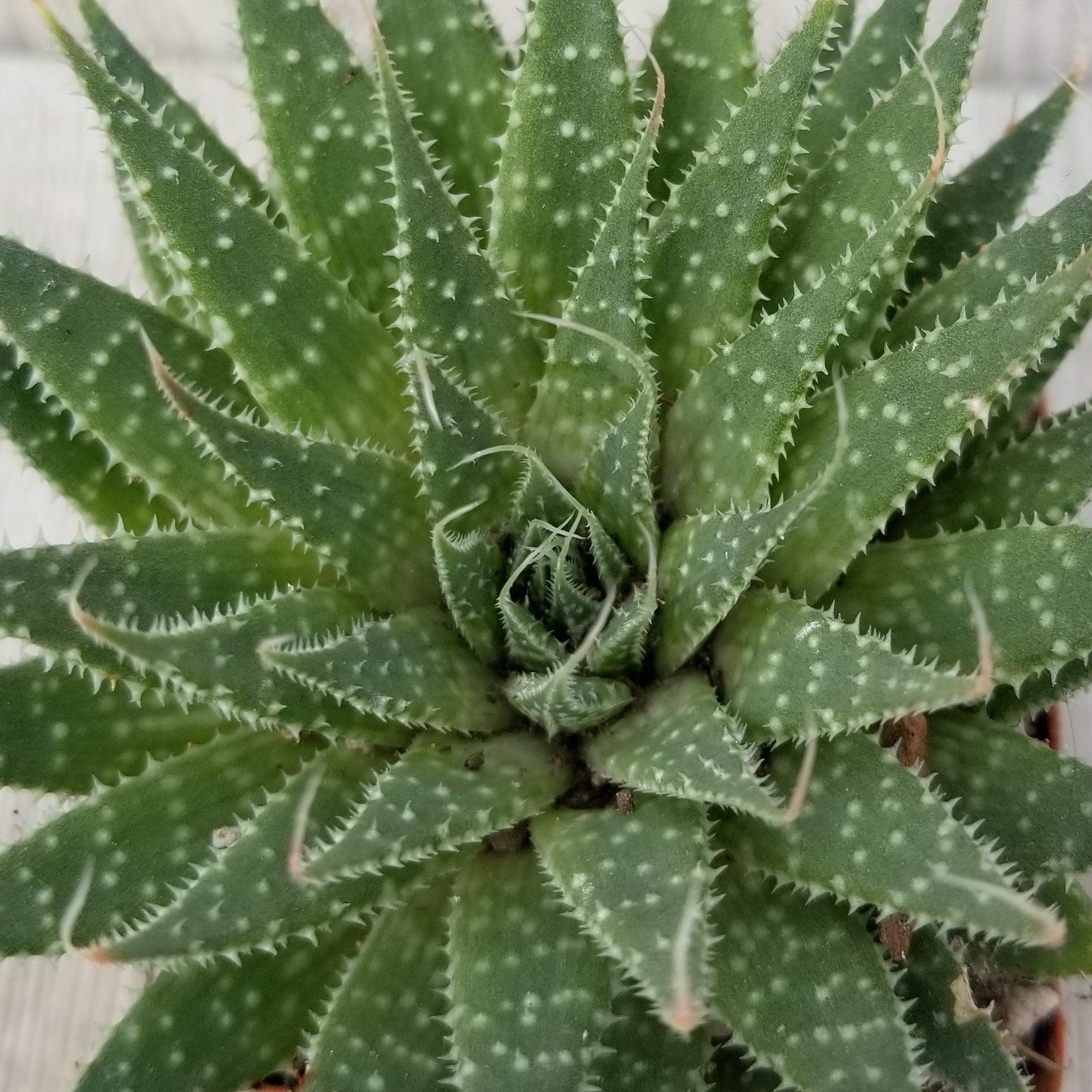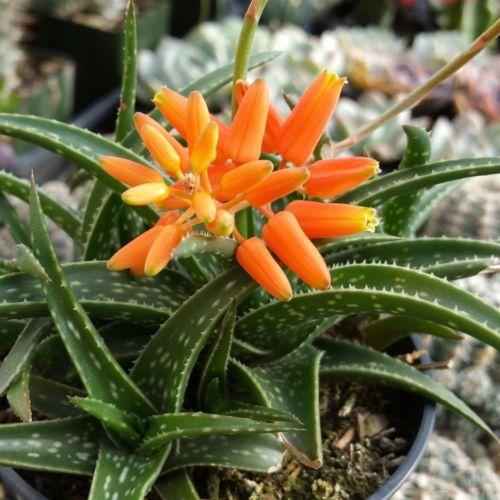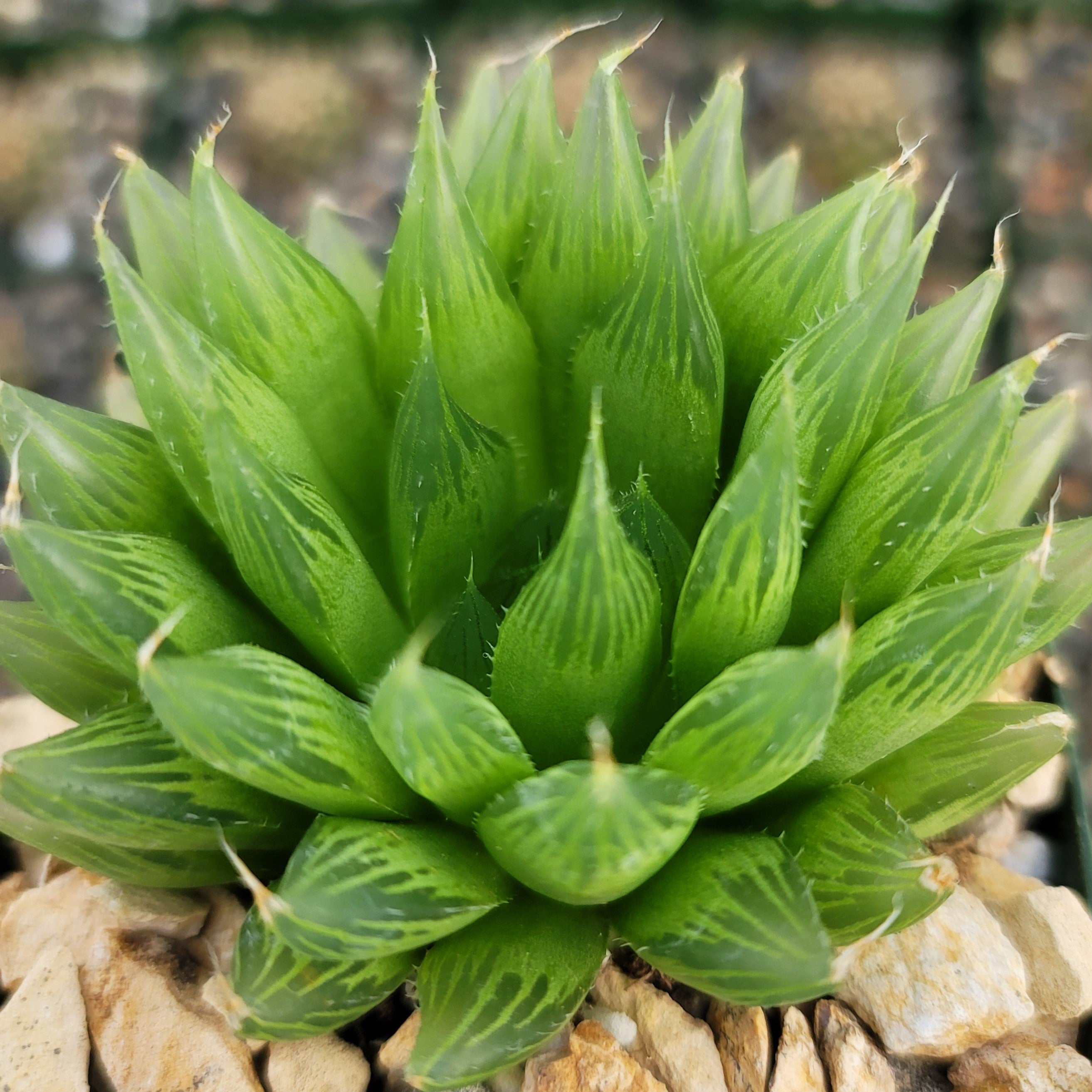Succulents and Cacti Toxic to Pets
Updated: January 28, 2025

Whether you are a gardener or not, growing plants in your home helps to freshen up the space. From basic to quirky, succulents make you fall for green and instantly add an eye-catching element to any room. Having said that, some succulents & cactus plants can be mildly toxic to your pets, leading to damage like skin irritations, etc. Here is the complete guide on toxic & non-toxic varieties of succulents, with their effects on the health of dogs & cats!

Are Succulents Poisonous?
Succulents are low-maintenance plants that store water in their leaves or stems. They give their species a swollen appearance. While a variety of houseplants are completely safe for pets and humans, there are a handful of them that can be toxic. As a pet owner, you should know if succulents are poisonous and can animals eat them. Euphorbias & Kalanchoes are two types of succulents that should be planted with care and kept out of reach of children. The milky sap of the Euphorbia variety is poisonous and can react to the skin and eyes. Kalanchoe plants can cause vomiting or nausea.
Can You Eat Succulents?
Succulents are less risky and can be consumed in the form of salads or smoothies. They have a bitter taste, with a high nutritious value. However, not all varieties are edible. So, eating succulents in moderation is advised as they lead to stomach irritation.
Here are some of the common edible succulents:
Are Succulents Poisonous to Cats?
Cats have a habit of chewing almost everything they see around the house. As a result, they crawl and, sometimes, eat the leaves of your attractive green succulents. Is it healthy for them? Most plants are safe for pets, but some can harm them if ingested. It is best to place your houseplants in a spot where your cat cannot reach them.

-
What Succulents are Safe for Cats?
1. Ponytail Palm (Beaucarnea Recurvata) - This adorable succulent is completely safe for cats. These plants need less water & prefer indirect sunlight to thrive.
2. Burro’s Tail (Sedum Morganianum) - Is Sedum poisonous to cats? The answer is No. Burro’s Tail succulent looks lovely and is safe for your fluffy friend.
3. Zebra Haworthia (Haworthia Fasciata) – This easy-to-care succulent is among the safe plants for cats.
4. Echeveria – Echeverias are toxic to cats is a misconception. These low-maintenance succulents are not poisonous to cats and will not cause any harm if your pets eat them intentionally or unintentionally.
-
What Succulents are Toxic to Cats?
1. Kalanchoe – Kalanchoe species like Panda Plant, Mother of Thousands, and Devil’s Backbone are toxic to cats. Symptoms include vomiting and diarrhea.
2. Crassula – A large genus of succulents, Crassula is native to South Africa. Jade plants can be poisonous as they cause vomiting, lethargy and depression, if ingested.
3. Aloe Vera – This large dwarf species is noted for its attractive gray-green fleshy leaves. Toxic to cats, these plants can lead to symptoms like skin irritation, tremors, lethargy, and diarrhea.
4. The String of Dolphins - Senecio peregrinus is toxic to cats due to the presence of pyrrolizidine alkaloids. The sap of the plant is also harmful.
-
Are Succulents Poisonous to Cats?
Cats have a habit of chewing almost everything they see around the house. As a result, they crawl and, sometimes, eat the leaves of your attractive green succulents. Is it healthy for them? Most plants are safe for pets, but some can harm them if ingested. It is best to place your houseplants in a spot where your cat cannot reach them.
Are Succulents Poisonous to Dogs?
Succulents have gained immense popularity because of their easy-care characteristics. However, some of them are toxic to dogs. So, you need to know which houseplants are poisonous and which ones are safe succulents for your furry friends.

-
Succulents Safe for Dogs
1. Hens and Chicks (Sempervivum Tectorum)
2. Burro's Tail (Sedum Morganianum)
3. Christmas Cactus (Schlumbergera Truncata)
4. Blue Echeveria (Echeveria Secunda)
5. Bunny Ear Cactus (Opuntia Microdasys)
6. Chinese Money Plant (Pilea Peperomioides)
7. Prickly Pear (Opuntia Stricta)
8. Tree Aeonium (Aeonium Arboreum)
-
Succulents Toxic to Dogs
1. Kalanchoe - Kalanchoe plants are the perfect houseplants, noted for colorful blooms. The most popular species of this succulent are the Panda Plant, Devil’s Backbone, Mother of Millions, and Chandelier Plants. Kalanchoe is poisonous to dogs, and if consumed, you will see symptoms like vomiting, diarrhea, irregular heartbeats, and extreme weakness. It is better to take precautions and place it in a location where your dog cannot reach. If ingested, take medical help to avoid any loss.
2. Jade Plant – Crassula Ovata is easy to grow and is recognized for its tree-like appearance. These houseplants have several species. Jade or Rubber plants are toxic to dogs and, if consumed, cause vomiting or a low heart rate.
3. The String of Pearls – Also known as String of Beads, Senecio Rowleyanus succulent is quite common among plant lovers. However, String of Pearls is toxic to your furry friends. When ingested, dogs experience gastrointestinal upset, vomiting, lethargy, and diarrhea.
4. Aloe Vera - These plants are famous for their medicinal and healing properties. Aloe plants are poisonous for pets due to the presence of a substance known as They cause loss of appetite, diarrhea, vomiting, and lethargy.
5. Euphorbia - Euphorbia succulents prefer to grow indoors & are appreciated for adorable flowers. They have white latex sap in their stems that is toxic to both pets and humans. If consumed, they can cause mouth and stomach irritation.
Are Cactus Plants Poisonous to Dogs?
Dogs love to explore! They sniff and try to eat anything that interests them, including cactus. Cacti are not toxic and will not harm your pets. Having said that, they may still have the following effects on your dog’s health:
- The sap of cactus may lead to allergic reactions on dogs if ingested.
- Fertilizers & pesticides contain chemicals that can be harmful to them.
- Cactus contains a fibrous material that can often result in stomach discomfort or irritation, leading to vomiting.
Considering the above points, it is recommended to plant your cactus indoors carefully.
-
What to do if your Dog ate a Cactus?
If your dog eats any part of the cactus unintentionally, do not panic. Look for the spines first. After ingesting it, he may get spines on his feet, ears, eyes, or mouth. A couple of them can be removed at home easily. Make sure to keep all the things ready before you get started with the spine removal process. However, if there are multiple spines, take veterinary help.
What Animals Eat Succulents?
Mice, squirrels, snails, grasshoppers, mealybugs, and pigeons are examples of animals who enjoy eating succulents. When placing your plant outdoors, it becomes a common problem.
How to Stop Birds from Eating Succulents?
There are many ways to prevent birds from eating succulents. Bird netting is one effective way. Moreover, you can try putting water baths or feeders for birds so that they will no longer be hungry. Placing fake owls or snakes also helps to scare them away.
In a Nutshell
Although succulents look aesthetically pleasing to the eyes & are easy-care, you still need to be careful with them. Keep your pets & children away from these plants as taking precautions always helps. Also, while doing this, take care of yourself too by wearing gloves to avoid the saps touching your skin.























